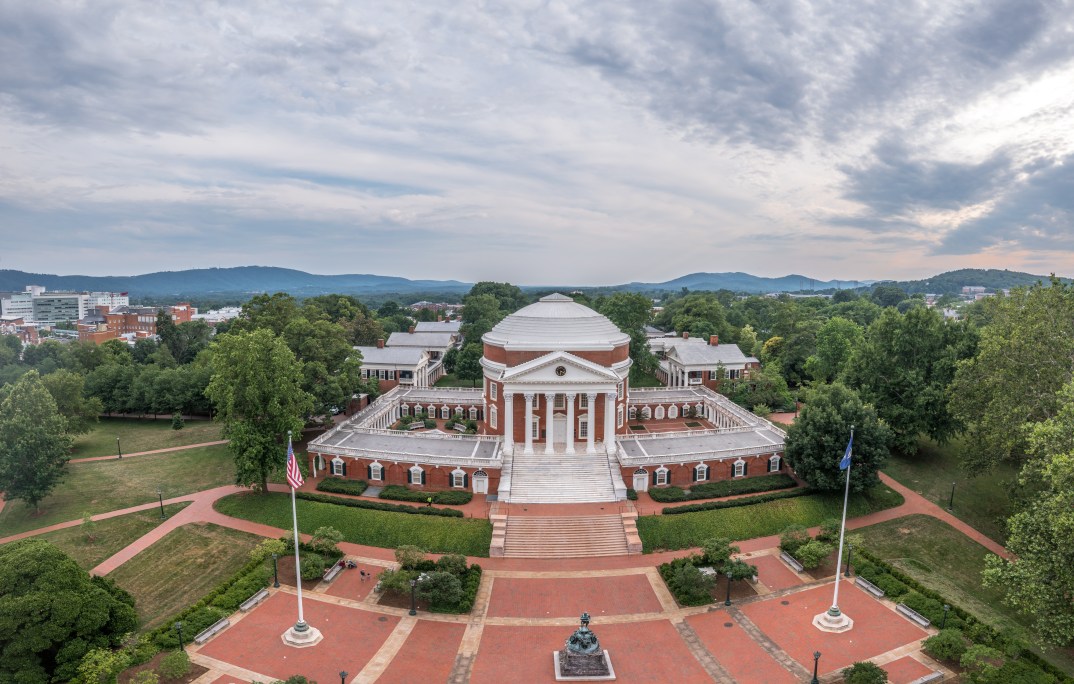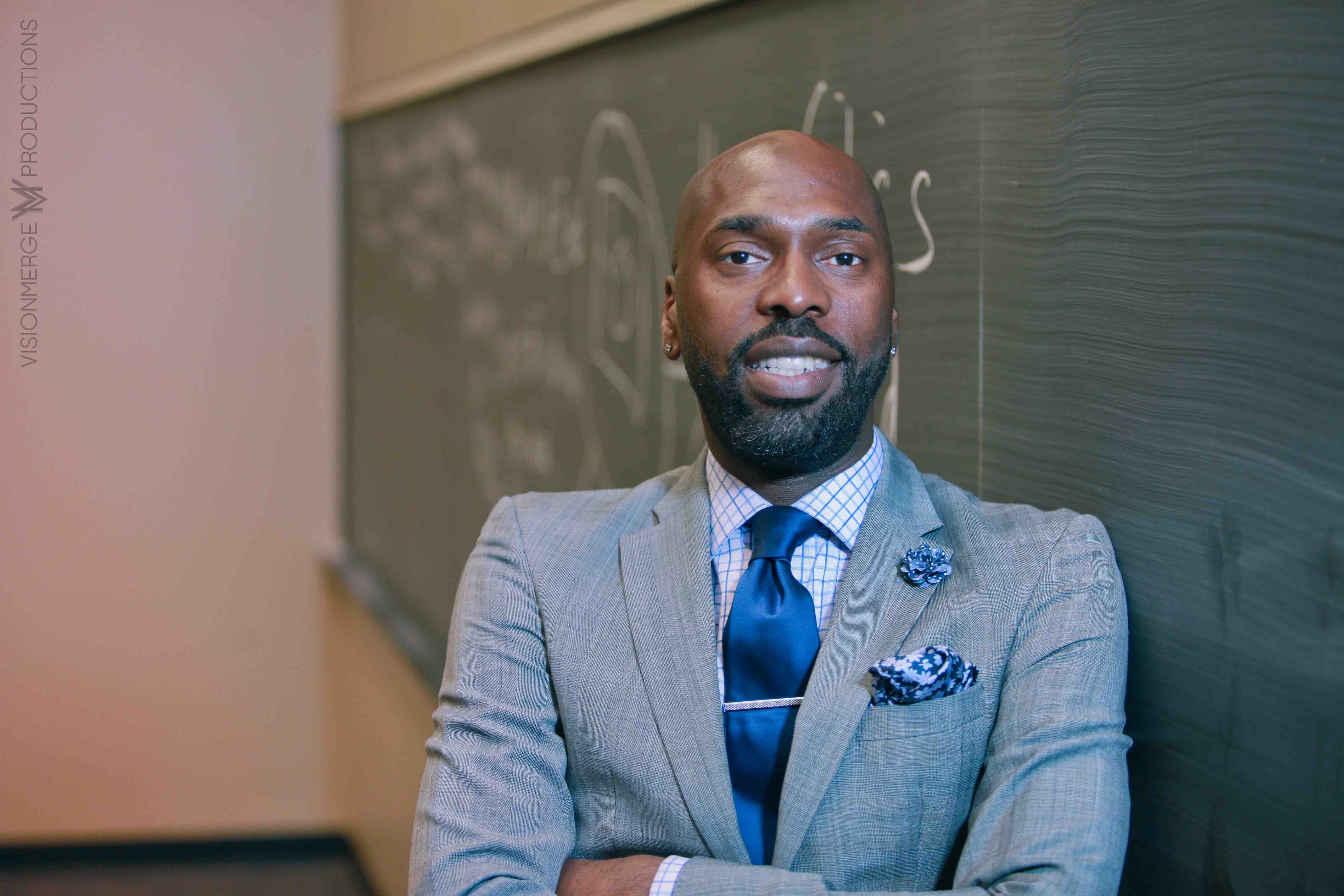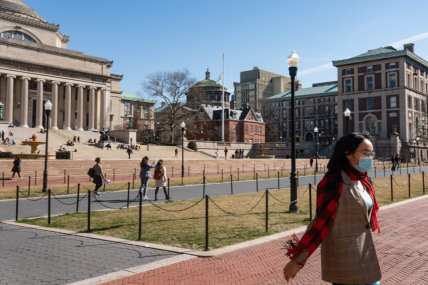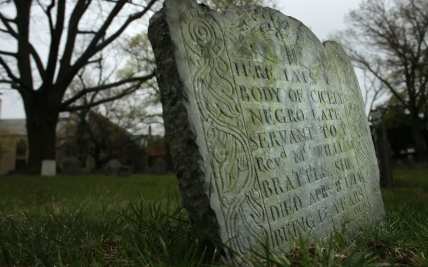How universities became the friendly face of urban renewal projects that destroyed and displaced Black communities
OPINION: The growing visibility of higher education’s historic hand in the destruction and displacement of Black communities hasn’t gone unnoticed, and people are starting to fight back.

Editor’s note: The following article is an op-ed, and the views expressed are the author’s own. Read more opinions on theGrio.
Last month, a Virginia lawmaker made headlines after proposing a commission to study her state universities’ history of uprooting Black communities. Other state officials joined Delegate Delores McGuinn in calling for these Black families and their descendants to receive some form of redress, ranging from scholarships to broader types of reparations.
Now, of course, the notion of reparations — or repair from harm — has moved to the center of the public imagination as more and more people confront the degree to which this country’s prosperity has been built on the exploitation of Black people through slavery in particular. But very few know about the role that, of all things, university expansion also played in the destruction of Black communities.
These Virginia politicians only learned about this tragedy in their own backyard because of an investigative series produced by ProPublica in September, which chronicled, in detail, the heartbreak faced by the state’s Black residents at the hands of local universities. The report primarily focused on the Shoe Lane community in Newport News, Va., that was violently uprooted in the 1960s. Black families had planned to sell parcels of their farmland to others pursuing the American dream of homeownership but had been shut out of white neighborhoods. Instead of encouraging this neighborhood expansion, the City Council used eminent domain to seize 60 acres of the area. Black residents fought back and pointed out that there were alternative locations and cheaper properties where a school could have been built. But the goal was to erase what the city called the “Black spot” by making way for a two-year college that eventually became Christopher Newport University.
Additional reports in the news series talked of similar damages when Norfolk sacrificed Lamberts Point for Old Dominion University. And not only did the University of Virginia do the same thing to Black residents in the Gospel Hill area of Charlottesville, but the university went on to name the new medical building after former dean and noted eugenicist Harvey E. Jordan. Perhaps the only thing more tragic than the details of these events in Virginia is that they were repeated all across the country. And yet, most African-Americans don’t even know the scale of this collective harm that likely touches all of our lives.
I know this story because I was invited to the ProPublica series as a consultant after writing the book, “In the Shadow of the Ivory Tower: How Universities are Plundering Our Cities.” In the book, I chronicle the national story where colleges and universities, in fact, did become the friendly face of urban renewal practices that demolished and displaced Black and brown communities over and over again.
Every displaced community has its own story to tell. But in the broadest sense, by the mid-20th century, American cities faced what politicians and scholars have termed the “urban crisis.” Industry and white residents left urban areas for the growing suburbs, alongside the influx of working poor Black and Latinx migrants from the broader south. The overwhelming federal solution to stop the bleeding was the policy of urban renewal, or what some called Negro removal. The bridges, highways and public housing towers, paid for by urban renewal, helped contain poverty in chocolate cities as wealth and opportunity got concentrated in downtown areas or fled to what became the vanilla suburbs.
Urban colleges and universities were too big and slow to follow. So instead, many city schools hunkered down and devised ways to hold the fort in the face of these drastic economic and racial shifts in urban America. By 1959, University of Chicago administrators helped coordinate 14 urban universities into a lobbying group that successfully pushed for a change to the Federal Housing Act of 1949, which bolstered efforts at racial segregation.
Dubbed the “Section 112 credits program,” this initiative triggered a 2 to 1 federal matching grant for any urban renewal program, up to five years before the project even broke ground. City schools, from Johns Hopkins to the University of Birmingham at Alabama, either directly benefited from or rode the bulldozing wave of this program; turning their campuses into largely barricaded zones of learning to stem the rising tide of Black and Latinx communities growing nearby. We are just now learning the details of each story, but by 1964, 154 projects were at least proposed by the 112 program that involved 120 colleges and universities and 75 hospitals.
Think about what happened to the Black Bottom neighborhood of West Philadelphia in 1969. University of Pennsylvania administrators argued that a massive science center complex would instigate residential, retail, and school improvements, and attract the research units of major technology industries. They used the funding power of the 112 credits program to start the transformation of the Black Bottom community into what still stands as the “University City” area, the nation’s first inner-city urban research park. And the University Archives & Records Center confirms that approximately 600 low-income and African-American families were displaced in the process.
Peter Dougherty saw the entire University City drama unfold from his family’s bar at South 40th, right near UPenn. Although he is white, Dougherty lamented what he saw as the university’s wide-ranging actions to level most of West Philadelphia: neighborhoods, schools, homes and small businesses. He said the message was simple: “We don’t want you!” Many working-class whites rode the early white-flight wave out to the suburbs while his Black neighbors got corralled into public housing at 46th Street and Market.
Of course, these histories of urban renewal are harrowing on their own, but we must also confront how the very same neighborhoods that were targeted for demolition and displacement are now the sites of both university-driven and city-wide prosperity. The barren blocks or the Black community areas that struggle to remain are now surrounded by laboratories, luxury housing, and retail to serve university students, staff, researchers and their families.
Expanding campus areas also support growing partnerships in the profitable pharmaceutical, software, life science and military industries. Private investors are drawn to partner with schools because of the savings in overhead and labor costs that come from working on property tax-exempt campus land. Not only are longtime, largely Black and brown residents placed on the outside looking in, left to press their noses on the glass of these research parks and innovation districts, but the wealth hoarded on expanding campuses is largely drawn from the property taxes these schools don’t pay that would go to K-12 schools, fire protections, and other public services.
The growing visibility of higher education’s historic hand in Black community destruction but also the long-term legacies of these urban renewal campaigns haven’t gone unnoticed. People are starting to fight back. In fact, my own labors have shifted from academic research to public advocacy because community groups across the country read my work and demanded more. This work has taken the shape of my Smart Cities Research Lab, which researches and consults on best practices for building equitable urban communities, with a specific focus on university-driven developments.
A key initiative related to this history of uprooting Black communities is our new Renewal Project based on a partnership with the Humanities Action Lab at Rutgers University-Newark and Minnesota Transform. This is a research and public engagement initiative that directly addresses the history of university-driven demolition and displacement of Black and brown communities and the present-day legacies of this destruction. We have assembled a network of university affiliates and residents who live in communities that were directly affected by this history, with teams everywhere from Denver and Chicago to Athens, Georgia.
The work of the Renewal Project includes a mixture of historical recovery, coursework, public commemorations and, crucially, campaigns for reparations. As a testament to what is possible and necessary, we helped consult on the ProPublica “Uprooted” series that included news articles and a recently released documentary that inspired the legislative call for a reparations commission in the state of Virginia. We believe this work must be duplicated across the nation.
Again, most people have no idea about the very recent harms wrought by higher education on Black communities. We take the calls in Virginia, and our work in communities throughout the country, as not just a moment of reconciliation but as an opportunity to seek visions of repair that can guide a new democratic future for us all.

Davarian L. Baldwin is the Paul E. Raether Distinguished Professor of American Studies and founding director of the Smart Cities Research Lab at Trinity College in Hartford, CT. His most recent book is “In the Shadow of the Ivory Tower: How Universities are Plundering Our Cities” (Bold Type Books, 2021). Twitter: @DavarianBaldwin.
Never miss a beat: Get our daily stories straight to your inbox with theGrio’s newsletter.


